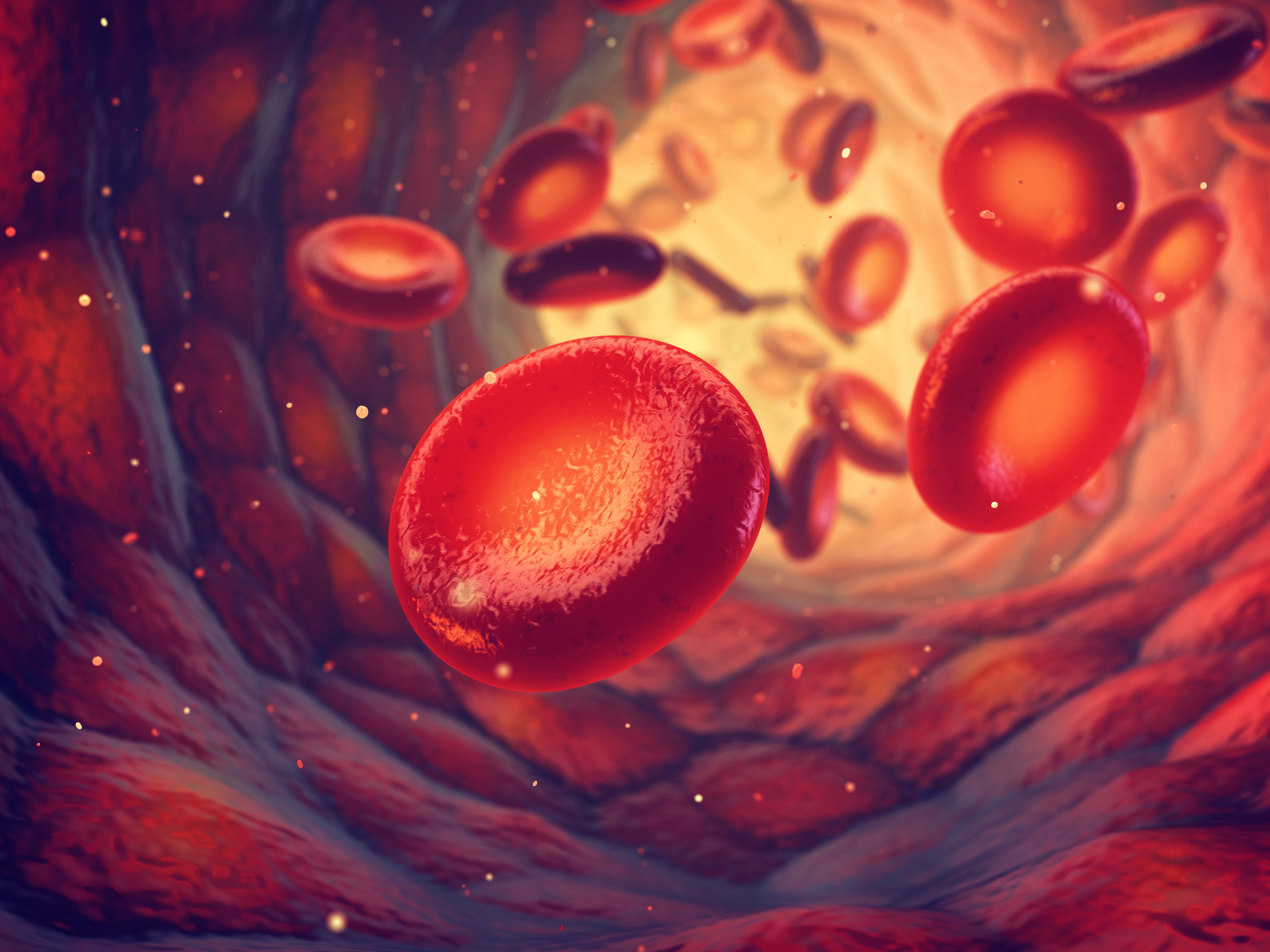Off-the-Shelf NK Immunotherapy Is Safe and Promising in B-Cell NHL With Chemotherapy and Transplant
Early antitumor activity was seen with cord blood–derived natural killer immunotherapy in combination with high-dose chemotherapy and autologous stem cell transplant in patients with B-cell non-Hodgkin lymphoma, according to early results from a phase 2 trial.

Early antitumor activity was seen with cord blood–derived natural killer (NK) immunotherapy in combination with high-dose chemotherapy and autologous stem cell transplant (ASCT) in patients with B-cell non-Hodgkin lymphoma (NHL), according to early results from a phase 2 trial (NCT03019640) presented in a poster during the 2021 Transplant & Cellular Therapy Meetings.
The investigators evaluated the potential of the novel cellular cord blood–derived NK immunotherapy in patients with B-cell NHL who are undergoing high-dose chemotherapy and ASCT. They chose CB units for NK cell expansion on artificial antigen presenting cells and without human leukocyte antigens (HLA) matching to provide increased expansion and make the treatment “off-the-shelf” capable.
The study enrolled patients who were aged 15 to 70 with B-cell NHL, excluding primary central nervous system lymphoma, who were candidates for high-dose chemotherapy and ASCT. Patients were required to have adequate end-organ function, an ECOG performance status of 0 or 1, and prior apheresis of ≥2 x 106 CD34+ cells/Kg in order to be eligible.
Those with prior whole brain irradiation, active hepatitis B, evidence of cirrhosis or high-grade liver fibrosis, active infection, HIV infection, or received radiation therapy within the past month were excluded from joining the trial.
Patients were given intravenous (IV) carmustine over 2 hours 12 days prior to transplant, IV etoposide twice daily over 3 hours and IV cytarabine twice daily over 1 hour for days 11 to 8 prior to transplant, IV melphalan over 30 minutes 7 days prior to transplant, oral lenalidomide (Revlimid) once daily for days 7 through 2 prior to transplant. Additionally, patients who are CD20-positive received IV rituximab (Rituxan) over 3 hours for days 13 through 7 prior to transplant.
Then patients received cord blood–derived expanded allogeneic NK cells intravenously over 1 hour on day 5 prior to ASCT. Five days following ASCT, patients started received daily subcutaneous filgrastim.
The primary end point was 30-day treatment-related mortality (TRM) and secondary end points were relapse-free survival (RFS), overall survival, and NK cell persistence.
Study authors, led by Yago L. Nieto, MD, PhD, in the Department of Stem Cell Transplantation, Division of Internal Medicine, The University of Texas MD Anderson Cancer Center in Houston, provided an update on data for 20 of the enrolled patients in the study. Patients were enrolled between December 2017 and July 2020. One patient experienced rapid tumor progression during culture of NK cells and thus was not treated in the study.
The median age of the 19 treated patients was 60 years (range, 33-70) with the majority (73.7%) being male and having diffuse large B-cell lymphoma (DLBCL; 84.2%); the 3 remaining patients had mantle cell lymphoma (n = 2) or follicular lymphoma (n = 1). More than two-thirds (68.4%) of patients had relapsed disease whereas the 2 patients with MCL were being treated in the frontline setting and 4 patients had primary refractory disease. The median number of prior lines of therapy was 2 (range, 1-4).
Response assessed through PET at ASCT was a complete response for 78.9%, partial response for 15.8%, and progressive disease for 5.3%. Nine patients had 1/6 HLA match of cord blood at DR, 6 had 1/6 match at B, 3 had 1/6 match at A, and 1 had 2/6 match at B and DR.
Cord blood–derived NK cells were expanded a median of 1552-fold (range, 317-4767) with the infused NK product comprising a CD3-CD16+CD56+ phenotype for a median of 98.9% (range, 97.6%-99.5%) of the cells. The cord blood–derived NK cells had a median viability of 96.5% (range, 92%-98%). In the peripheral blood, NK cells were detectable for a mean of 2 weeks (range, 2-3).
For weeks 1 through 3, the cord blood–derived NK cells showed a higher percentage of NKG2D and NKp30 activation receptors than the patient’s own NK cells; the study authors noted that this indicated an effector phenotype. Additionally, NK persistence was found not to be impacted by the degree of HLA mismatch.
At a median follow-up of 18 months (range, 4-340), the RFS rate was 68% and the OS rate was 84%. Eleven of the 16 patients (68.8%) with DLBCL are still in remission.
The study authors concluded that expanded and highly purified cord blood–derived NK immunotherapy was safe and promising in combination with high-dose chemotherapy and ASCT in patients with B-cell NHL.
Reference:
Nato Y, Kaur I, Hosing C, et al. Immunotherapy with ex vivo-expanded cord blood (CB)-derived nk cells combined with high-dose chemotherapy (HDC) and autologous stem cell transplant (ASCT) for B-cell non-hodgkin’s lymphoma (NHL). Presented at: 2021 Transplant & Cellular Therapy Meetings; February 8-12, 2021; Virtual. LBA15.
Examining the Non-Hodgkin Lymphoma Treatment Paradigm
July 15th 2022In season 3, episode 6 of Targeted Talks, Yazan Samhouri, MD, discusses the exciting new agents for the treatment of non-Hodgkin lymphoma, the clinical trials that support their use, and hopes for the future of treatment.
Listen









